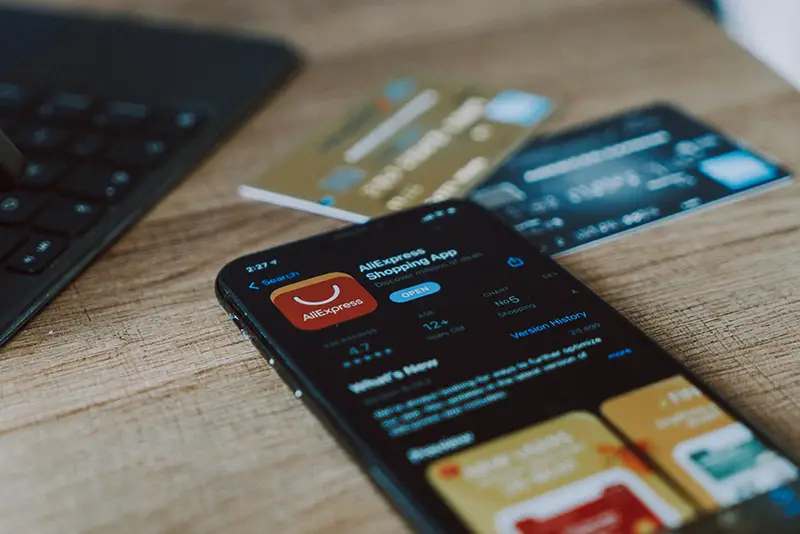Click here to get this post in PDF
For many people, it has become customary to use all kinds of mobile applications for different needs and purposes. That is why there are more developers who think that they can create an app which will captivate the minds of millions of people. But it is not easy to make an application. To make people use your product, you need to promote it properly.
So let’s talk about what affects the ranking of your product in the application marketplaces. There are several platforms where developers can submit their applications, for example, Samsung Apps, Amazon App Store, and Yandex.Store. But we will focus on the two main marketplaces – the Apple App Store and Google Play Market.
The first app store is used by owners of iOS devices, and the second one – is by those who prefer the Android operating system. In order for applications in the App Store and Google Play to be noticed by potential users, you should try to bring them to the top of the search engines of these platforms. This means that the product must be reflected in the top positions in the general list of the store or in a certain category, i.e. “Education” for apps for language learning.
By understanding the application ranking algorithm, you can improve the position of your product in the store. The position of the application in the App Store and Google Play is influenced by various factors. The main of them:
1. Relevance. The system evaluates how the application responds to user requests. It also takes into account not only the search query itself but also the location of the person who makes the search. Therefore, when you place your product, provide a maximum of data, including name, characteristics, category, etc. For example, if you’ve developed a resort marketing app, make sure you have chosen the “Travel” category and added a detailed description of the resort’s location, facilities, and other important information.
2. Editor’s choice. Both the App Store and Google Play have a special category “Editor’s Choice”. It includes applications that have been noticed by editors. This is a kind of sign of quality, so the software of this category is noticed by ordinary users more.
3. Advertising. Marketplaces are interested in developers investing more in paid promotion. So at the top of the issue, the user first sees applications labeled “advertising”, and then – other options.
4. Application quality. One of the conditions for successful promotion is a quality product both technically and in terms of convenience and attractiveness, and that’s obvious. Both platforms have their own requirements for the application.
5. Total downloads. Both marketplaces have a “Popular” section – this is software that is most often installed on the device.
6. Download dynamics. In addition to the total number of downloads, the number of installs for the first days after the appearance of the software in the store is taken into account. For the rating of applications on iOS, the number of downloads in 72-96 hours is taken into account, and for software on Android – in 48-72 hours.
7. Rating. It is formed on the basis of user ratings (from 1 to 5 stars), product reviews, number of downloads, etc.
8. Number of launches. The more often people use your application – the more likely it is to get to the top.
9. Dynamics of deletions. The application can be downloaded many times, but if it is often removed – it is unlikely that the software will appear in high positions in the store.
You may also like: The Pros And Cons Of Mobile Apps In Modern Business
Image source: Unsplash.com

